COMING SOON, THE COMET OF THE YEAR0
- From Around the Web, Space
- October 18, 2018
Astronomers are calling Comet 46P/Wirtanen the “comet of the year.”
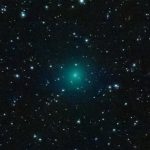
Astronomers are calling Comet 46P/Wirtanen the “comet of the year.”
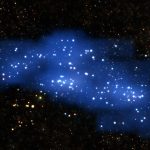
Astronomers using ESO’s Very Large Telescope uncover a cosmic titan lurking in the early Universe

On Oct. 8-9, Europeans outdoors around midnight were amazed when a flurry of faint meteors filled the sky.
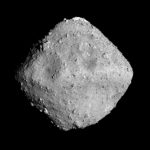
They both orbit the sun, but they’re very different.
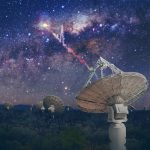
Astronomers using CSIRO’s Australian Square Kilometre Array Pathfinder (ASKAP) at the Murchison Radio-Astronomy Observatory have nearly doubled the known number of fast radio bursts — mysterious and rarely detected bursts of energy from space. The team’s discoveries, reported in the journal Nature, include the closest and brightest fast radio bursts ever detected.
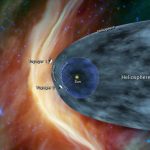
NASA’s Voyager 2 spacecraft has detected an increase in cosmic rays that originate outside the Solar System. Currently, the probe is approximately 11 billion miles (17.7 billion km) from Earth.
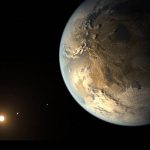
Searching for signs of alien life should be part of every future NASA mission, researchers wrote in a new report.

A US astronaut and a Russian cosmonaut were forced to make an emergency landing after their Russian Soyuz rocket malfunctioned en route to the International Space Station (ISS).
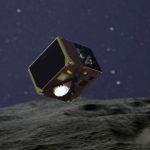
A German-French probe called MASCOT was sent to the surface of Ryugu, an asteroid located 190 million miles from Earth, to collect valuable data. But it needed to work fast—the shoebox-sized probe had only 16 hours to live.

Aliens have always captured our imaginations. The universe is large and filled with other planets but somehow it seems like humans are alone. So we decided to break down three theories on why we haven’t found any aliens yet. Following is a transcript of the video.



